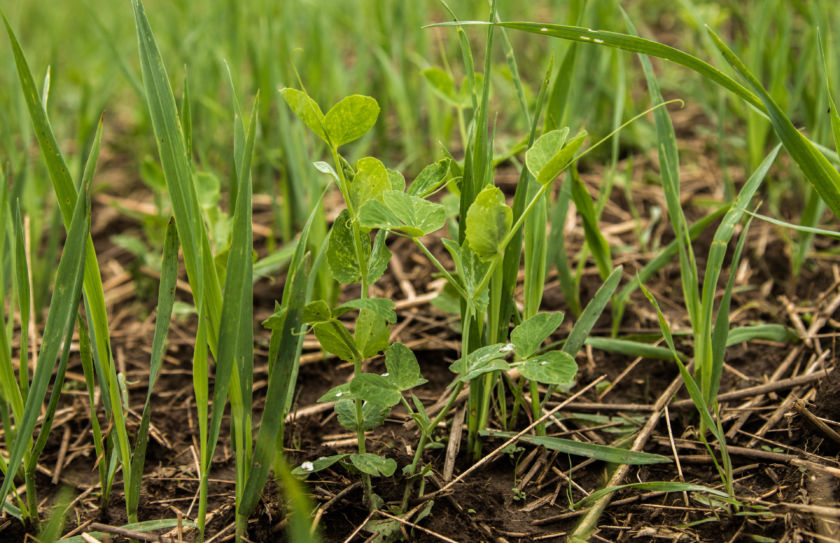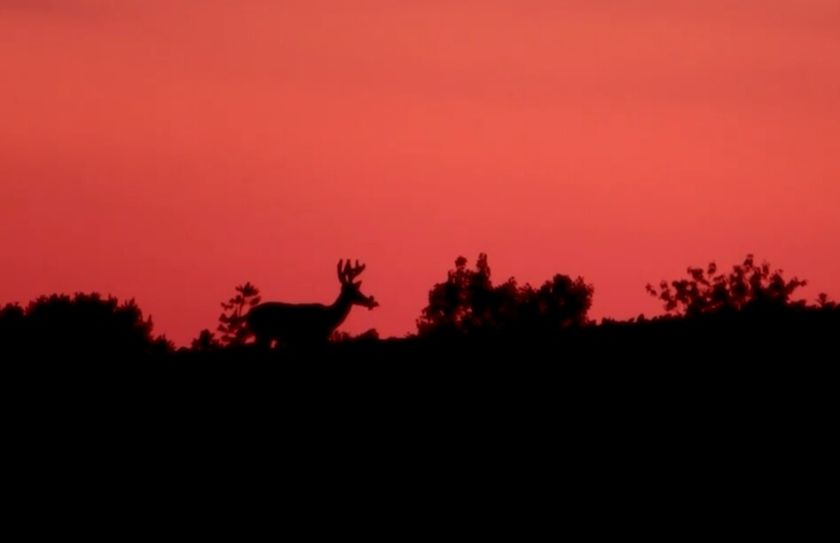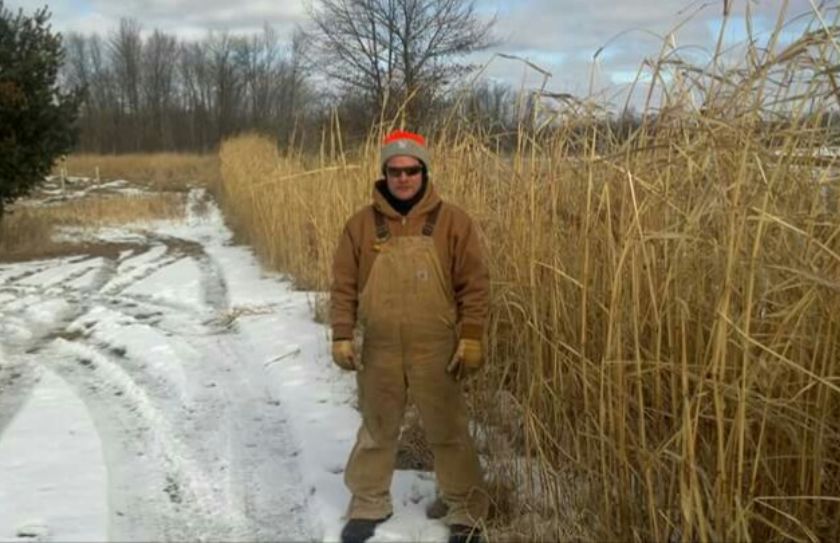
Do you have "Food Plot Variety"? In an effort to grow awareness for passing on young bucks to promote an older age structure of bucks, a phrase has been coined, "Dead bucks don't grow". That phrase is so true, but to take it one step further, I like to counter that "Healthy dead bucks don't grow either!"
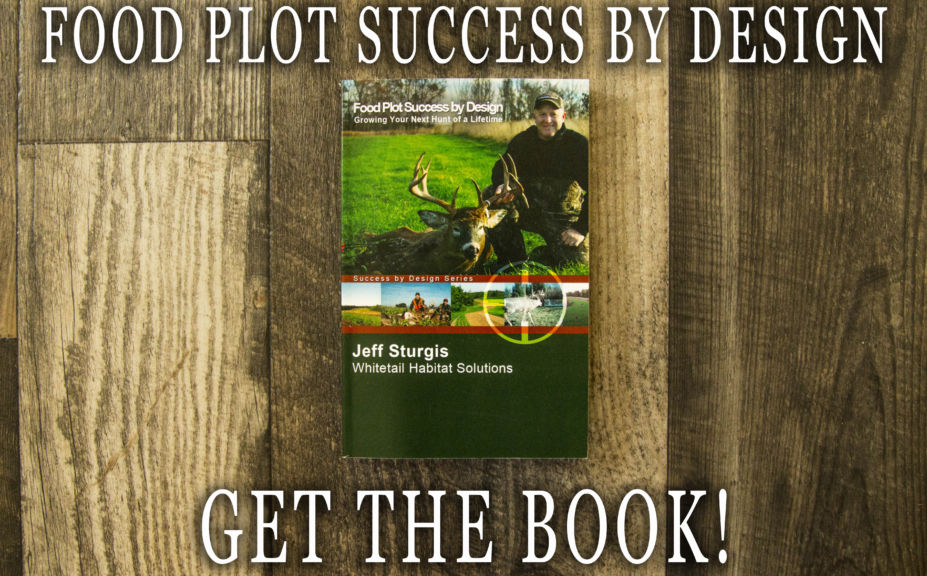
*Make sure to check out my whitetail book series including, "Whitetail Success By Design" and "Food Plot Success By Design", to help you find mature bucks this hunting season!
Just imagine your dreams for that handsome looking 2-year old 10 point that has been feeding in your alfalfa field all summer. He is with a brat pack of 2 other young bucks that you just know are going to be some real studs in the coming years. Those little buddies love to hang out all day under the cool overstory of the open mature hardwoods within your woodlot. The trio have first been dining on your clover in May, and then all summer long on the lush alfalfa that is power-packed with both nutrition and attraction. Larger antlers, higher body weights, and overall health have you beaming with pride at the potential. As the summer progresses into mid-September, the boys begin to test each other while sparring lightly with their 2nd set of hard antlers. The first frost of October comes around and the leaves trade their slick green coats of summer for their vibrant shades of fall. The trio becomes 2 and then 1 as they move off to find their own hunting season hangouts, but you still find occasional trail cam photos of each of them as they relate to the summer comfort you provided. As the season progresses, each infrequent glimpse of one of the trio brings hope for the following year.
Then, the "horror" begins as first one of the nice little 8 points falls to a neighbor a mile away, then the other 8 point, and finally the 10 point ends up falling in line for a trip to another neighbor's freezer. To add insult to injury, everyone commented on how heavy they were for 2 year olds - meaning the summer food that you provided served its purpose, but to what end-goal?
What is Your Food Plot Variety?
Bucks love to wander, especially during the rut, in search of a few does, particularly when they have exhausted any receptive doe in their own backyard. But at the same time they will wander for other reasons, too, namely food and security cover. In this article I'm going to talk about how your hunting season focus of nutritional attraction through the use of food plot variety, can play a critical role in your efforts to ultimately experience a quality herd on your parcel. I will discuss what type of plantings you may want to consider, when to plant them, and strategically how your plantings can make or break, not only your management efforts, but your level of hunting season success as well. On small parcels you may need to move away from the thought that you can take care of the local deer herd for 12 months out of the year, because often the lack of resources in the size of the land is not conducive to that approach. If you focus instead on the 4 months that cover the complete deer season in your area, with both cover and food, than you can accomplish great things! It is called managing and hunting a "Part-time Deer Herd", and as long as you hit those 4 critical months, your ability to experience a quality herd that includes an adequate number and age structure of bucks, can be exceptional.
When to Peak
In the Midwest, without a doubt, your level of food plot variety should be at it's highest in November. Think November first, and then work out to the surrounding months. Consider that deer throughout the Midwest and most northern areas have several times more quality forage than they can utilize during the summer months. I personally have my doubts that in many Midwest settings you can actually increase the overall quality and nutrition enough during April through September to notice a change in the local deer herd except for in the most rare, and poorest of conditions. On top of that, it never bothered me if my neighbors were taking care of the deer all summer long that I'm hunting in Oct/Nov/Dec. I'd hate to offer food in June/July/August at the expense of the most critical period of hunting season, where buck age structure, sex ratios, and populations, in balance with the habitat, can be most effected.
The 2nd most critical period of the year in the northern 1/2 of the country is from January to April you dont want to ignore this time of the year! What I find is that if you put a strong effort into offering the best amount of food and cover during the 4 months of hunting season, you will have a great carry-over into the months of winter and early spring. Left-over beans, corn, and brassicas can provide great forage until late winter, and the cereal grains of winter rye and wheat hit the most-missed portion of the year within the whitetail woods - the 4-6 weeks prior to spring green-up. Also, if you focus on great fall habitat with many stems per acre, including grasses, shrubs, and both native and hardwood regeneration, you will offer a smorgesboard of winter dining through the diversity of native habitat offerings. It becomes a hard task to not take care of the months of January through April if you are doing a great job of keeping your habitat at its best during the fall!
What to Plant
In order to know what to offer in your food plot variety, you have to think about what local forages can really give you the most bang for your buck in November. In my own personal Midwest food plot plantings in MN, WI, and both northern and southern MI, it has been tough to beat the rotated forage bases of brassicas and cereal grain combinations. Mid-summer Brassica combinations, including forage soybeans, buckwheat, and peas, can really give your planting a boost if needed; and I've always liked a mix of grains, including oats and winter rye. Both the grains AND the brassicas offer a considerable amount of attraction and nutrition in November, especially when compared to what the local habitat or ag fields have to offer at the time. Something to ponder"Is it better to offer a forage that is a 5/10 on the nutritional scale at a time when the local habitat and ag fields are a 2/10?.or to offer a forage that is a 10/10 at a time when the local habitat and ag fields are also at a 10/10? Often it's not the overall quality of the forage that will be the key to your success, but the difference in quality between that forage and the local habitat at the time of the forages usage. Think November when choosing your forages, surrounded by October and December, and finally, September and January wrapping it all up. If you can start your forages in September, get them to come together in November, and then at least let them slowly diminish into the end of January, you have just accomplished an incredible task. Best of all, if grains were used within your equation, then you just hit a period of time prior to spring green-up that is rarely touched, providing an adequate green forage 2-4 weeks prior to when any clover fields have awakened from their long winter naps.
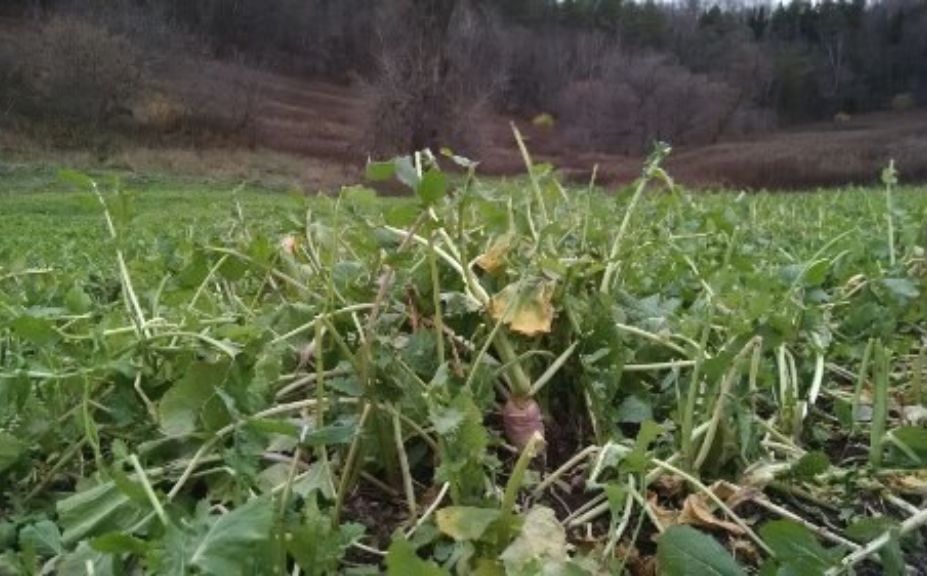
Check out this Brassica Profile Article for additional information.
Providing forages that are available in August, or at the very latest, September, is important because it begins the pattern of use on your food sources. It is important to offer the consistent variety of forages on EVERY food plot, so that the chain of movements and use can be initiated early. Then when October rolls around the deer have been following the same pattern for several weeks, and by the time the November offerings become attractive, it's a natural progression for the deer to move over a few feet and continue to move and feed. By offering the consistency in attraction and variety throughout November, TOGETHER with daytime bedding security, I have found deer to heavily gravitate to this type of setting. If your food continues throughout December, get ready for late season muzzleloader and archery seasons! Food is king during the late hunting season; and if you offer quality, cool-season cover, tooWOW-enjoy! And finally, when quality food carries the local deer herd through January and beyond, they are well on their way to enjoying an energy boost within the dead of winter that will reap a great head start of rewards for the following summer's growing season.
One of the points I would really like you to ponder is this: Will you offer a greater positive impact to the local deer herd by offering substantial forage for the 4 weeks just prior to, and just after the months of Winter -or- during the growing season of green-up to September? I have personally experienced that hitting the leanest periods of the year, as opposed to the most bountiful times of the year, will be your answer!
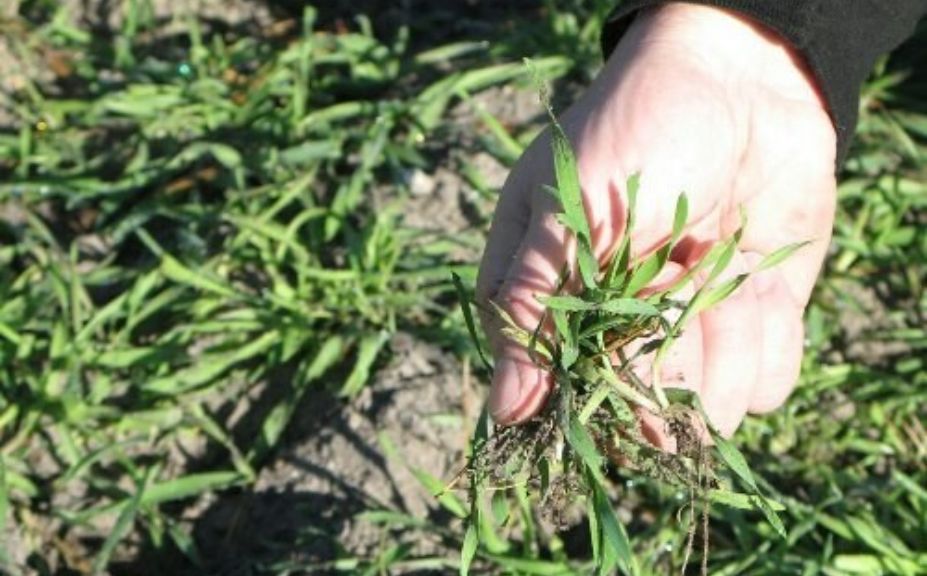
Read about The Power of Winter Rye
The timing of when various forages are available, should determine exactly what you plant. Too many times the ultimate level of nutrition receives an unwarranted focus instead of when your local deer herd needs the forage, based on your management objectives. What I like to do is to offer 2 different combinations of plantings that target 4 critical periods of forage needs, including: Pre-season (Augusts/September), in-season (Oct-Dec), post-season (Jan-March) and pre-spring green-up (April). Taking a look at the table below, I have put together a list of various popular deer forages and the typical window of use I have experienced that deer utilize the most. An example of the timing I look for in a couple of fairly easy plantings would be a brassica/soybean combo planted around 8/1 that targets the period of August-March, and a grain/pea combo planted around 9/1 that targets August to December, and again in April. I like to plant those two plantings side by side, and then expect to enjoy a variety of "peaks" during an overall window of use covering several months.
Midwest Forage Window Peaks of Typical Use:
Clover..September/October
Alfalfa..July/August
Brassica..November/December
Grains..September to November, April (wheat and rye only)
Peas/Soybeans..August to October
Buckwheat..August/September
Chicory.July/August
Corn..November-February
Spring Planted Soybeans..December-February
Corn and spring planted soybeans do have their place in the world of food plot variety, but typically require large amounts of acreage that many deer hunters lack the resources to employ, including myself.
When to Plant
With the exception of corn, so many forages can be planted during the late summer, and that is of benefit to you in the form of fresh young growth starting just prior to and during the start of hunting season. Brassicas have about a 10 week maturity, so late July plantings in much of the Midwest is appropriate, and I really like to plant grains within 2-4 weeks of the expected first frost. On my SW WI lease that means the forages of brassicas, buckwheat, and soybeans can be planted in late July, and a grain and pea combo can be planted around 9/1. The combinations of soybeans and/or buckwheat within your brassica mix also packs a little more punch during the early season than with brassicas alone.
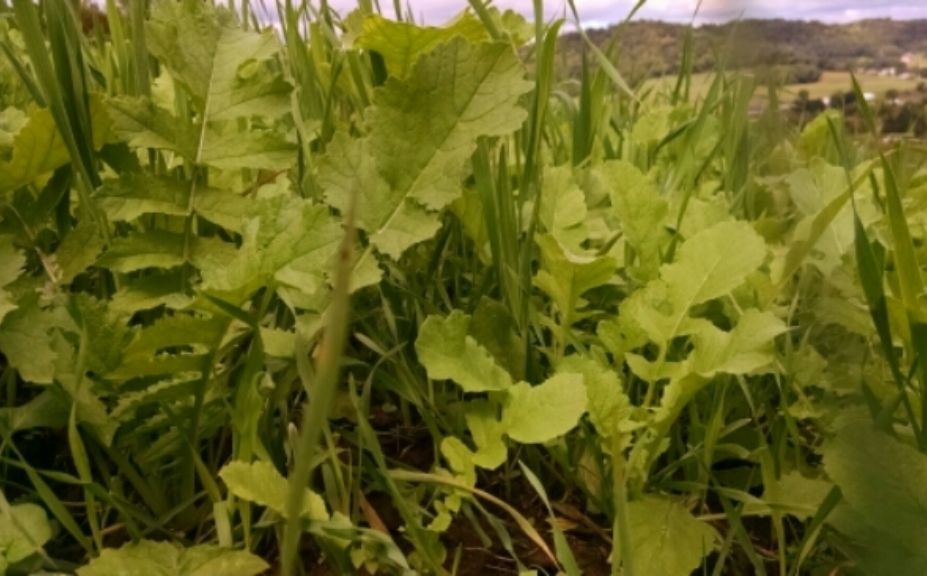
Rarely do you need to plant during the springtime because outside of planting corn and soybeans, the majority of deer-specific forages can and/or should be planted during the late summer. For example, brassica combinations of rape, turnips and radishes should be planted around August 1st in the north of the country, and grains of wheat, oats or rye do quite well with a target of Labor Day weekend.
At the same time, perennials such as clover or chicory do extremely well when combined with brassica or grain plantings during the late summer. Establishing your perennials during the late summer is a great practice that allows the young plants to grab a good foothold at a time when weeds are dying and not thriving, as well as at a time when moisture is typically increasing, instead of decreasing. When combining perennial plantings to cool season annual plantings, such as brassicas or grains, let the cool season annual dictate the optimum planting date, and make sure to still plant the recommended amount of perennial seed per acre.
Conclusion
My personal camera observations have always revealed an explosion in buck population within the months of October and November. And I'm not talking about midnight wanderers from 3 miles away; I'm talking about mature bucks that set up shop for 2-3 months with multiple daytime sighting in person and by game camera. By offering great hunting season food and cover, you can end up with a "Part-Time" deer herd on your parcel that has the potential for some great hunting season "fun", with the additional benefits of improved sex ratios and buck age structure. Instead of your neighbor congratulating you on how fat the 2 year old buck was that he shot, the better form of compliment a neighbor can give to you is "Why do you always shoot the mature bucks I feed all summer?" Just smile and say, "Thanks for taking care of them for me! Learn to manage and plan for a part-time deer herd with great hunting season forages, and then expand your efforts if you have the resources. And remember, "Healthy Dead Bucks Don't Grow Either".
***This article was taken from Chapter 11 of my latest book, Food Plot Success by Design. If you liked it, I am sure that you will like the book. Also, take the time to check out the reviews on Amazon to read how the book has helped others...thanks!
